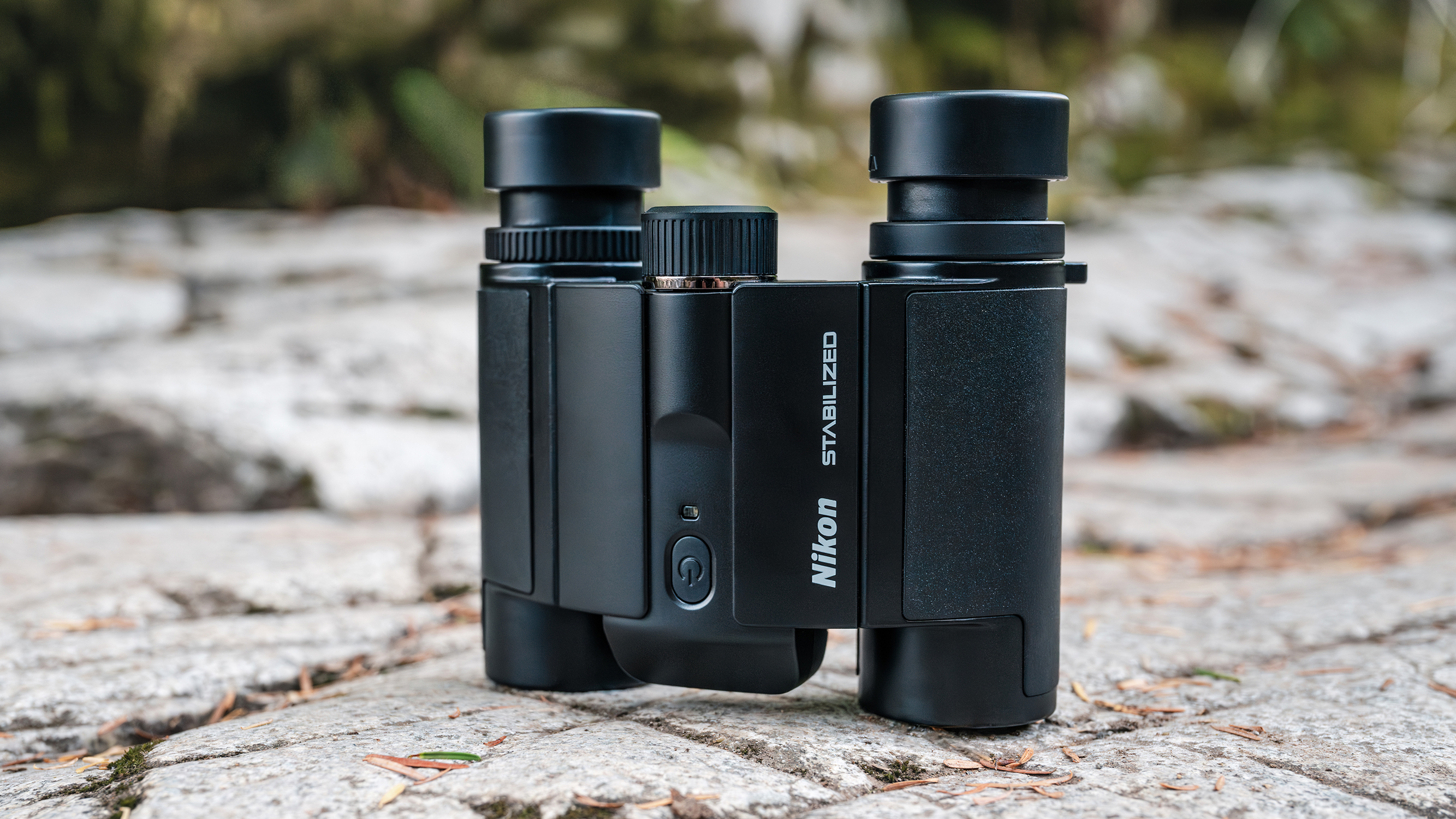Nikon’s new compact stabilized binoculars could the perfect, judder-free safari companion
The Stabilized range promises an 80% steadier image

Nikon has announced an entirely new series of binoculars, called Stabilized, with two new models to choose from; Stabilized 10x25 S and Stabilized 12x25 S. The key selling point is the image stabilization tech inside, which promises an 80% steadier image than comparable binoculars, along with Nikon's optical know-how in this field.
Nikon is a prominent name in binoculars, with a huge range of binoculars covering all types, budgets and magnifications. Now it adds its Stabilized range, which can counter vibrations caused by hand movement by up to 80% for a clearer, judder-free view.
Judder is a real pain when viewing at such high magnifications that binoculars offer, and can cause eye strain especially over extended periods of observation. A stabilized image is, therefore, a godsend, whether your observations are of stationary landmarks, if you're tracking the movement of a bird in flight or if you're panning with wildlife on the move.
Optical stabilization – which means the lens elements inside move precisely to counteract vibrations – is powered by two AA batteries, which will provide up to 12 hours of use. Both pairs of binoculars are fitted with an auto power-down function when they're not in use in order to conserve battery life.
The 10x25 S model costs $639.95 / £699 / AU$1,099, while the 12x25 S model is $649.95 / £719 / AU$1,149. Both models go on sale on November 12.
Stabilization over AI smarts

Being on the pricier end of the scale, both Stabilized models complement stabilization smarts with high-quality optical performance for viewing distant subjects with clarity, each with a different field of view.
The 10x25 S model has a 283 yds / 94m field of view measured at a distance of 1,000m, while the 12x25 S's field of view is a tighter 236yds / 79m. In short, you can view distant subjects with a closeup clarity. At the opposite end of the scale, both models can focus as closely as 9.8ft / 3m.
Get daily insight, inspiration and deals in your inbox
Sign up for breaking news, reviews, opinion, top tech deals, and more.
Design-wise, both models are compact and fold-down, measuring just 4.1in / 103mm (10x25 S) and 3.9in / 100mm (12x25 S) in length and are lightweight at just 14.3oz / 405g or 13.9oz / 395g respectively. Neither models are waterproof, but Nikon says they offer an extremely comfortable viewing experience with adjustable eyecups and a large focusing ring.
You don't get any AI-subject recognition smarts as we've seen in some extremely pricey new binos hitting the market, like Unistellar's Envision binoculars. However, Nikon's Stabilized binos offer what is possibly the most useful feature of all, a steady viewing experience that could radically improve your wildlife observation experiences.
You might also like...
- These luxury smart binoculars from Swarovski Optik use AI to identify up to 9,000 birds and other wildlife, and I’m hooked
- These smart AR binoculars by Unistellar could be game-changers for stargazing – and that's not all they do
- These affordable 4K night vision binoculars could help you see the night in full color

Tim is the Cameras editor at TechRadar. He has enjoyed more than 15 years in the photo video industry with most of those in the world of tech journalism. During his time as Deputy Technical Editor with Amateur Photographer, as a freelancer and consequently editor at Tech Radar, Tim has developed a deeply technical knowledge and practical experience with cameras, educating others through news, reviews and features. He’s also worked in video production for Studio 44 with clients including Canon, and volunteers his spare time to consult a non-profit, diverse stories team based in Nairobi. Tim is curious, a keen creative, avid footballer and runner, and moderate flat white drinker who has lived in Kenya and believes we have much to enjoy and learn from each other.